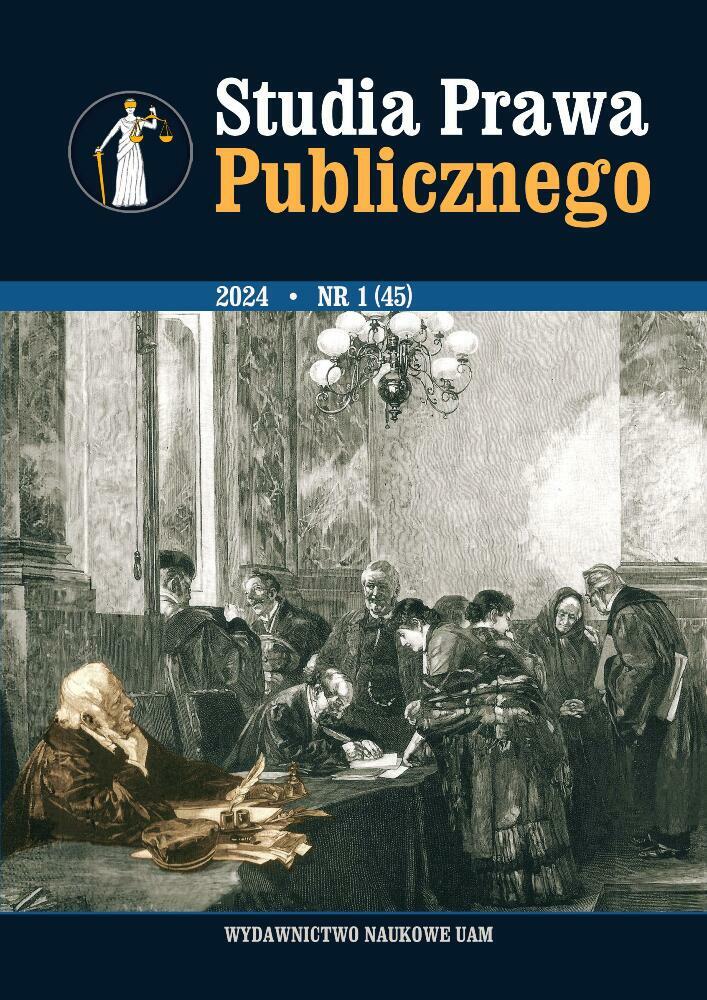Przepadek zwierzęcia w świetle orzecznictwa sądowego – analiza przypadku i postulaty de lege ferenda w celu podniesienia ochrony prawnej zwierząt
Animal forfeiture in the light of court jurisprudence – case study and de lege ferenda postulates to enhance the legal protection of animals
Author(s): Agnieszka Łozińska-Piekarska, Tomasz DąbrowskiSubject(s): Law, Constitution, Jurisprudence, Court case
Published by: Uniwersytet Adama Mickiewicza
Keywords: animal; forfeiture; protection
Summary/Abstract: The article aims to present the functioning of the institution of animal forfeiture under the Act of August 21, 1997 on animal protection. It is a repressive-preventive institution, which is closely related to the property rights of every citizen under the Constitution of the Republic of Poland. At the beginning of the considerations, an attempt was made to define the concept of “animal forfeiture” and to indicate the legal basis for ruling on this legal measure. The types of animal forfeiture occurring under the Act are presented and the circumstances determining their ruling identified. The analysis is extended to include the presentation of cases of application of this institution taken from court rulings and supported by statistical data regarding their adjudication. An interesting aspect of the article is the presentation of resolutions of City Councils, which were declared invalid by the Provincial Administrative Court to the extent that they were inconsistent with the Animal Protection Act. Extensive legal considerations, reinforced by case law and analysis of statistics, have made it possible to present de lege ferenda postulates with regard to raising the level of protection of animal rights. One of the proposals is to combine the institution of forfeiture with a total ban on animal ownership, as well as to articulate in the law the justification for ordering the forfeiture of an animal’s carcass. The article is an attempt to present legal solutions that will enhance the legal protection of animals. As shown in the article, this measure is used relatively rarely. Statistics show that it was applied in only 21.5% of the cases analyzed. Such results may raise legitimate doubts, since most animals against which crimes have been committed are still under the care of their perpetrators, which should undoubtedly change.
Journal: Studia Prawa Publicznego
- Issue Year: 45/2024
- Issue No: 1
- Page Range: 111-133
- Page Count: 23
- Language: Polish

